Aviation against tanks (part of 23)
According to Western expert estimates, after the end of the Iran-Iraq war, about a hundred attack helicopters AN-1J remained in Iran. However, difficulties with the supply of spare parts and not always timely maintenance led to the fact that at the beginning of the 90-s, almost half of the existing Cobras could rise into the air. Understanding the value of the existing helicopter gunships, Iranians, at the facilities of the Iran Aircraft Manufacturing Industrial Company (HESA) in the city of Shahin Shekhr, starting from 1993, organized a repair repair of vehicles with a sufficient resource for further operation. At Iranian enterprises, production and restoration of a number of key components and assemblies for the AN-1J was carried out. However, technical wear and flight accidents led to a reduction in the fleet of combat helicopters. Now in Iran in the flight state there is approximately 50 "Cobra". Most of them are concentrated on Shahid Vatan Pour and Badr air bases in the province of Isfahan, in close proximity to the repair company.
The Iranian company Iran Helicopter Support and Renewal Company (IHSRC) based on the Cobra has created a Panha 2091 Toufan combat helicopter. Compared with the American prototype, the use of thicker bullet-proof glass and additional composite armor increased the security of the cabin. Most likely, Toufan is not a completely new, built from scratch machine. Apparently, the reconstructed AN-1J was used in the "creation" of the Iranian attack helicopter.
The helicopter with a maximum take-off weight of 4530 kg has two turboshaft engines with a take-off power of 1530 hp. Maximum speed in horizontal flight 236 km / h. Practical range - 600 km. Armament includes the Iranian counterpart of the 20-mm triple-barreled M197 cannon with ammunition up to 750 shells, blocks with 70 or 127-mm NAR.
The Toufan combat helicopter is devoid of the M65 sight and sighting system, and the tests were carried out without guided anti-tank missiles, which seriously reduces the combat capabilities of the vehicle. It can be assumed that in Iran they did not consider it necessary to reproduce the equipment created at the beginning of 70's. The outdated avionics inherited from the AN-1J, and only unguided weapons did not suit the Iranian military, and they demanded the completion of the machine. Apparently, Chinese specialists participated in creating an improved version, which received the designation Toufan 2 (Storm 2). In 2013, two copies of the Toufan 2 were demonstrated in the air.
When saving flight data of the first variant, a modern optoelectronic system was mounted in the nose of the Toufan 2 helicopter. Multifunctional LCD monitors are installed in the cockpits of the pilot and armament operator. Also on the upgraded helicopter appeared sensors, fixing the laser and radar exposure. The structure of weapons introduced Toophan-5 laser-guided, developed on the basis of the BGM-71 TOW. A rocket weighing about 20 kg is capable of hitting targets at a distance greater than 3500 m.
Although the Toufan 2 helicopter for Iran has become an unconditional step forward, it is not able to compete with modern shock rotor-wing machines. According to its characteristics and weapons, the Iranian helicopter loses not only Apache or Mi-28, but also AN-1W Super Cobra and AH-1Z Viper, with which it has common roots. The flight data of the Toufan 2 helicopter could be improved by replacing the two-bladed main rotor with a four-bladed propeller, as on the AH-1Z Viper, but creating an efficient main rotor and making changes to the transmission turned out to be too difficult for Iranian engineers. There is a possibility that, by analogy with the Iranian fighters, created on the basis of the American F-5, the Toufan 2 helicopters collect several copies per year. However, the actual number of these machines in the Iranian armed forces is unknown.
Prior to breaking off relations with the United States, Iran supplied technical documentation for licensed production of the Bell 206 JetRanger. US company Textron built in Shahin Shehra aviation plant. In addition, over 150 light Agusta-Bell 206A-1 and 206B-1 helicopters, licensed copies of the American Bell 206 JetRanger, were purchased as a temporary measure during the check. In the early 90's, several armed Shahed 274 helicopters with ATGM and NAR were put into trial operation. This machine, designed on the basis of the Bell 206 JetRanger, was not mass-built.
The Iranian version of the American Bell 206 JetRanger multi-purpose light helicopter, shown in 2002, was designated Shahed 278. In the design of Shahed 278 to reduce the mass of the fuselage are widely used composite materials, the cabin is equipped with multi-function displays. On Iranian television, test shots of an armed modification with blocks of unguided missiles and a machine gun were shown.
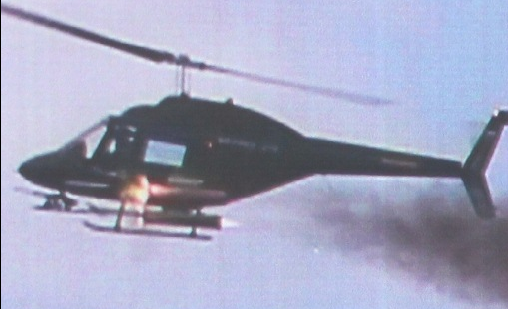
In fact, Iran is repeating the path traversed by the Americans in the 70s. According to its characteristics, Shahed 278 is almost identical to the American light helicopter OH-58С Kiowa. The helicopter with a maximum take-off weight of 1450 kg is equipped with an Allison 250-С20 engine with an 420 horsepower. and can reach speeds of up to 230 km / h. An obstacle to the mass production of Shahed 278 was the sanctions imposed against Iran. Allison 250-С20 turboshaft engines were recognized as “dual-purpose” products and are prohibited for delivery to Iran. For this reason, approximately two dozen Shahed 278 have been built.
After the orthodox clergy came to power in Iran for legal supplies weapons from the USA it was no longer necessary to count. During the war with Iraq, in order to compensate for the losses, the development of its own combat helicopter, designed to provide fire support to ground units, began. At the end of the 80's, a helicopter known as the Zafar 300 was handed over to the test. This machine was created by HESA engineers based on the Bell Model 206 JetRanger.
When creating the Zafar 300, Iranian engineers significantly reworked the Bell Model 206A fuselage. The crew was housed in a double cabin in a tandem, with the pilot exceeding the weapon operator. The attack helicopter inherited the Allison 206-C250В turbo-shaft engine from the multipurpose Bell Model 20 hp. The mass reserve formed after the elimination of the passenger cabin, went to increase the security of the crew. A movable turret with a six-barreled 317-mm GAU-7,62B / A Minigun machine gun is installed in the bow lower part of the cab. Blocks with 2-mm NAR or containers with machine guns could be hung from both sides of the fuselage.
Compared to the Bell Model 206, flight data remained virtually unchanged. With a maximum take-off mass of 1400 kg, with 280 liters of fuel on board, the helicopter had a practical range of about 700 km. Maximum speed - 220 km / h. There is no reliable data on the security of Zafar 300. It can be assumed that the cabin was covered with light armor, which protected bullets from rifle caliber. The absence of guided anti-tank weapons on board reduced the combat value of the first Iranian attack helicopter. In fact, Zafar 300 was a wartime ersatz, but he didn’t have time to go to war, and after the end of hostilities, the helicopter was not built as standard.
In May, 2009 showed Iranian television prototypes of the Shahed 285 helicopter. This machine is also built on the basis of Bell Model 206A and looks a lot like Zafar 300. But according to Iranian sources, composite materials are widely used in the construction of the helicopter. In order to save weight and increase security, the helicopter was made single.
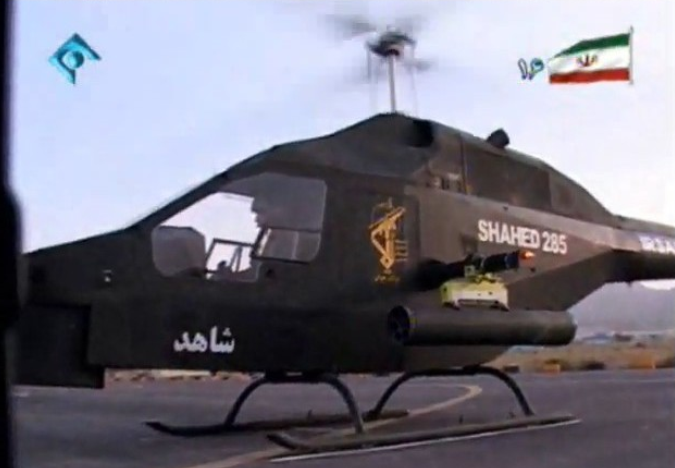
The Shahed 285 variant, also known as the AH-85A, is designed for army aviation and is armed with two 70-mm NAR and 7,62-mm PKT machine guns in a mobile turret. However, the mobile turret was later abandoned, and the machine gun was firmly fixed.
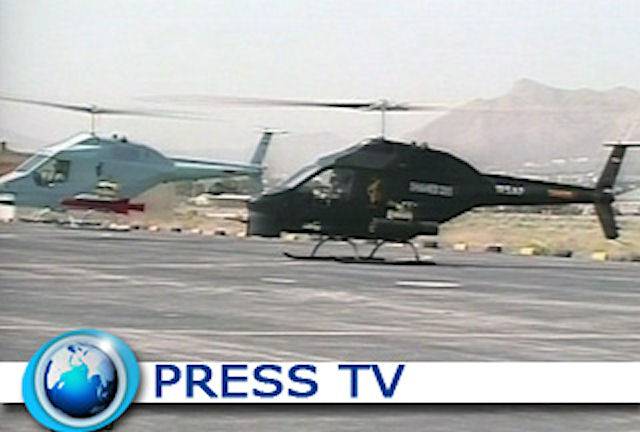
Modification AH-85C designed for the Iranian Navy. Instead of a machine gun installation in the bow there is a search radar. On the pylons of the sea helicopter AH-85C, two Kowsar anti-ship missiles with a launch range of up to 20 km are suspended. The weight of the missile is 100 kg, each RCC carries the 29 kg warhead.
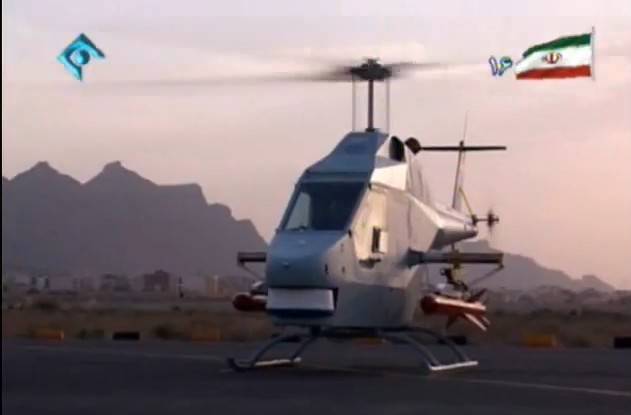
To search for targets and use weapons in the cockpit installed a multi-function display. However, it is not clear why a helicopter carrying guided anti-ship missiles, armor, what need to build it single-handed and overload the pilot with navigation, search for targets and missile guidance.
Shahed 285 is the lightest specialized attack helicopter in the world. Its maximum take-off weight is only 1450 kg. At the same time, it is stated that the practical flight range exceeds km 800. The helicopter is equipped with a single Allison 250-С20 engine, and is capable of accelerating to 225 km / h.
Currently, a small-scale assembly of Shahed 285 helicopters is underway. The main obstacle for their mass production is the impossibility of the legal purchase of aircraft engines Allison 250-С20. Iranians have to go for various tricks and purchase helicopter engines through intermediaries in third countries.
In 2010, at the air show held on the island of Kish, the light attack helicopter Shahed 285C was presented with models of the Sadid-1 ATGM. At the end of September, 2013, at the arms exhibition in Tehran, demonstrated a new version of the Shahed 285 with a large-caliber 12,7-mm machine gun and NAR blocks.
It cannot be said that the creation of the Shahed 285 helicopter significantly increased the combat potential of the Iranian armed forces. Although variants with guided weapons are being worked out, it is extremely unlikely that Iran will succeed in creating a compact and light highly automated weapon system combined with an effective aiming-search system. And without this, it is simply impossible to conduct a search for targets and effectively use guided weapons on a single-seater machine. By and large, Shahed 285 is a fairly primitive lightweight helicopter attack aircraft, the combat value of which, when used against an enemy with a modern military air defense, is very doubtful. The Iranians themselves say that Shahed 285 should only conduct reconnaissance in the interests of attack helicopters Toufan 2 and act against single weakly protected targets. However, those and other helicopters to the troops have so far been delivered very little, and they will not be able to have a noticeable impact on the course of military operations.
In the first half of 80's, deliveries of attack helicopters Mi-25 (export version Mi-24D) were carried out to India. In general, they have proven themselves to be positive, but still the “crocodile” turned out to be too heavy a machine, which was especially evident in the conditions of high mountains. For actions in the foothills of the Himalayas, the Indian armed forces needed a helicopter with good altitude characteristics.
Since 1973, the Indian army has exploited a licensed copy of the Aérospatiale SA 315B Lama helicopter. The car, which has a lot in common with the Alouette III light helicopter, was equipped with a Turbomeca Artouste IIIB engine with an 870 hp takeoff power. Maximum take-off weight - 2300 kg. Although the maximum airspeed was relatively small - 192 km / h, the helicopter had excellent altitude characteristics. In 1972, the absolute altitude record was set on it - 12422 m. No helicopter has been raised so far.
In India, the SA 315B Lama helicopter was manufactured by Hindustan Aeronautics Limited (HAL) under the name Cheetah. In total, over 25 years of mass production, more than 300 Chetak helicopters have been built in India. Part of the machines in the second half of the 70-x was equipped with AS.11 ATGM purchased from France.
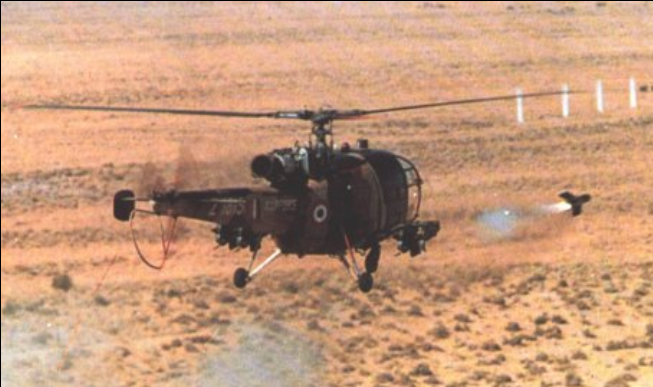
Optical sensors of the ATGM guidance system were installed above the flight deck. However, due to the lack of even light armor, the helicopter was very vulnerable to fire from the ground. In the course of border conflicts with Pakistan, several cars were lost.
In 1995, the attack version of the Chetak - Lancer helicopter was demonstrated at the Le Bourget air show. This machine was created from the middle of the 80-x in the framework of the program LAH (Light Attack Helicopter - Russian. Light attack helicopter).
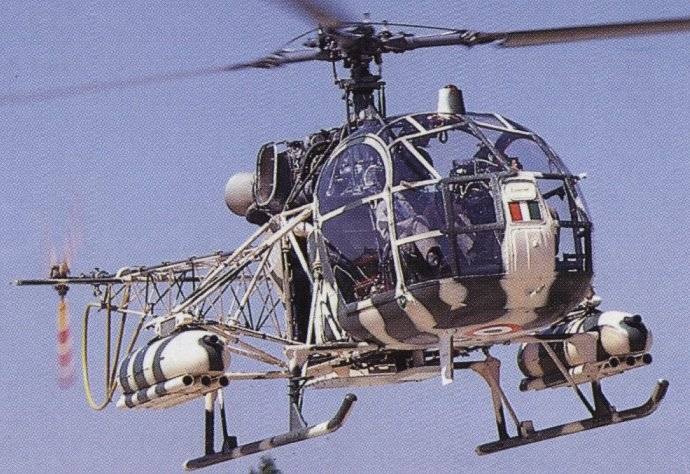
Light combat helicopter Lancer was created based on the modification of the shock Cheetah. During the design of "Lancer" paid much attention to reducing vulnerability. The front part of the cabin is made of bullet-resistant transparent panels. On the sides of the crew covered with Kevlar armor. To protect the fuel tanks and helicopter controls, lightweight composite ceramic-metal armor plates were used to keep the rifle bullet from the 300 distance. However, the engine compartment, like the Chetak helicopter, is not covered by anything. Lancer is equipped with the same engine as the Cheetah. By reducing the volume of the fuel tank and abandoning the passenger cabin, the maximum take-off weight is reduced to 1500 kg. This in turn made it possible to increase the speed of climb and bring the maximum airspeed to 215 km / h - that is, compared to the multi-purpose Chetak helicopter, the maximum speed increased by 27 km / h. At the same time, the attack helicopter retained good altitude data - its practical “ceiling” is more than 5000 m.
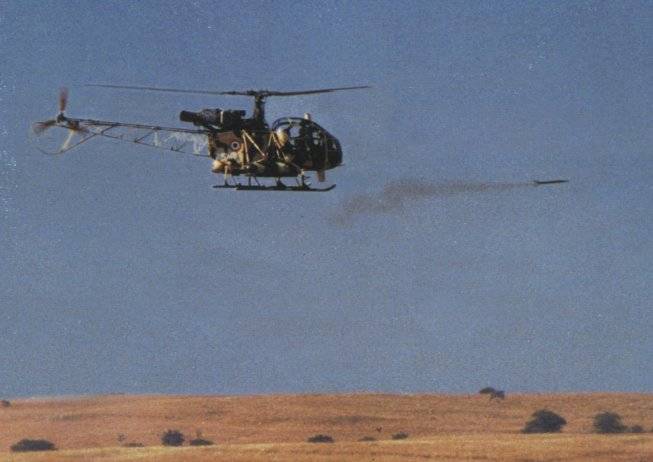
On the two external nodes of the suspension can be placed weapons weighing up to 360 kg. As a rule, these are containers with 12,7-mm machine guns and launchers 70-mm NAR. Since the "Lancer" was created to fight against insurgents in the mountainous areas and the jungle, the helicopter deliberately did not mount a guided weapons complex. Although for the middle 90-x light combat helicopter did not shine with high data, it was built mass, albeit in small quantities. In total, the special operations forces received a half dozen "Lancers." History the combat use of these machines in India has not been disclosed, but the media leaked information about the use of Indian light attack helicopters at the beginning of the “zero”, during battles with the Maoists in Nepal.
In 1985, HAL, together with West German Messerschmitt Bölkow Blohm GmbH, began work on the creation of a modern light-class helicopter. As part of the ALH program (Advanced Light Helicopter - Rus. A multi-purpose light helicopter), a Dhruv helicopter was created. The first flight of the rotor-wing machine took place in 1992, however, due to the implementation of Indian nuclear tests in 1998, international sanctions were imposed on the country, and since European companies suspended cooperation, the refinement process has slowed. Serial helicopter shipments began only in 2002 year. The machine was built in both civil and military versions. The Indian Army officially adopted the helicopter in 2007 year.
On military modifications implemented a series of measures to increase combat survivability. In the design of the fuselage is a high proportion of composite materials. The most vulnerable places are covered with keramo-kevlar armor. Helicopter tanks are designed and filled with neutral gas. At the engine nozzles to reduce the temperature of the exhaust gases are installed devices that mix exhaust gases with cold sea air.
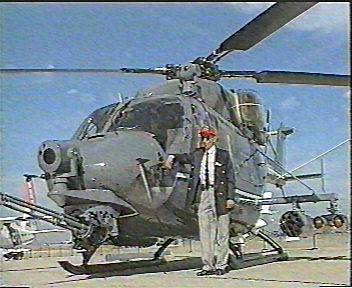
Simultaneously with the preparation for the production of the transport-assault modification, work was carried out to create a shock version. It is known about the construction of at least one machine with a movable 20-mm triple-barreled gun M197. An infrared sighting and search system was installed in the nose of the helicopter. The armament should have included the ATGM and the NAR.
The first serial modifications of the Mk I and Mk II were equipped with two Turbomeca TM 333 engines with power on the 1080 hp take-off mode. each. A helicopter with a maximum take-off weight of 5500 kg can take on board the 12 paratroopers or cargo weighing up to 2000 kg. Maximum flight speed - 265 km / h. Rate of climb - 10,3 m / s. Practical ceiling - 6000 m. Fighting radius - 390 km.
Indian armed forces ordered 159 helicopters. There are transport, anti-submarine, and modifications for the coast guard. Part of the helicopters ordered by the army is armed with NAR blocks and machine guns in the doorways.
Helicopter "Dhruv" at a cost depending on the configuration of $ 7-12 million was in demand on the foreign market. To date, more than 50 machines have been delivered to foreign customers. However, Dhruv after commissioning in the 2005 year showed a fairly high accident rate. As of September 2017, two dozen cars were lost or seriously damaged in flight accidents.
On the basis of the multipurpose version, the shock modification Dhruv (ALH Mk.2007) was created in 4. After being put into service in 2012, this car received the name Rudra. An optoelectronic aiming-sight system, with sensors on a gyro-stabilized spherical platform installed in the nose, was introduced into the avionics of the Rudra helicopter.
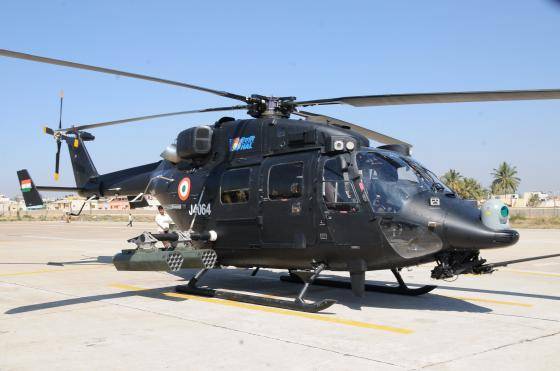
In the elongated nose cone, which also improved aerodynamics, additional equipment is placed. Due to this, the helicopter is able to operate in conditions of poor visibility and at night. His cabin has a so-called "glass architecture", at the disposal of the pilots has a shock-resistant liquid crystal displays of size 229 x279 mm. Specialists of the Israeli company Elbit Systems participated in the creation of night vision equipment, intelligence, target designation and weapon control. The defensive system, fixing the work of enemy radars, laser range finders, target designators and countermeasures was created by the American-Swedish company Saab Barracuda LLC. The COMPASS optoelectronic system from Elbit Systems includes a high-resolution color television camera, a daylight television camera, a thermal imaging surveillance system, and a laser rangefinder target designator with the ability to automatically track a target. All components of the COMPASS system are currently manufactured in India under a license from the enterprises of Bharat Electronics Limited.
The use of Turbomeca Shakti III turboshaft engines with a total take-off power of 2600 hp, despite the maximum take-off weight increased to 2700 kg, made it possible to maintain flight data at the level of the Dhruv helicopter. Simultaneously with the suspension of weapons there is the possibility of transporting paratroopers and cargo on the external suspension. The four-bladed main rotor withstands a backache with 12,7-mm bullets, but the cab is protected only by local reservation.
The Rudra combat helicopter is planned to be equipped with Helina anti-tank guided missiles (HELIicopter-mounted NAg), developed on the basis of the Nag-based ground-based anti-tank systems. The 42 kg rocket with a diameter of 190 mm is equipped with an infrared homing system and operates in the “fired and forgotten” mode. During tests conducted in the desert of Rajasthan, a steady target acquisition, in the role of which the T-55 tank performed, took place at a distance of 5 km.
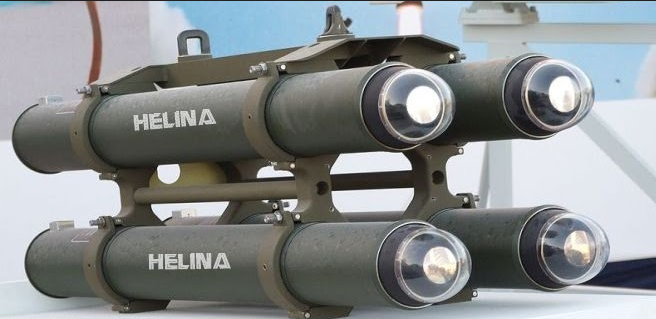
The average speed on the trajectory - 240 m / s. The launch range is 7 km. It has been reported that with the 2012, a modification is being conducted with a millimeter-wave radar seeker with a launch range of 10 km. The adoption of Rudra helicopters was followed after in October 2012, the command of the Ministry of Defense of India decided to introduce attack helicopters into the structure of army aviation. In 2017, the Rudra 38 helicopters were to be delivered to the Indian Air Force of India, and the Air Force would receive 16 machines.

An alternative option for guided missile armament is a light LAHAT ATGM with a semi-active laser homing head. It was developed by MBT Missiles Division, part of the Israeli company Israel Aerospace Industries. The mass of the LAHAT ATGM quad launcher is 75 kg. The launch range is up to 10 km. The average speed of a rocket is 285 m / s. Permeability: 800 mm homogeneous armor.
In addition to promising anti-tank guided missiles, the Pudra helicopter includes armaments with 70-mm NAR and Mistral air combat missiles, and in the elongated nose part there is a movable turret with the 20-mm French gun THL-20. Ammunition can be 600 shells.
The control of armament is carried out with the help of a helmet-aiming system. Combat helicopter Rudra is equipped with a very modern electronic systems and is able to operate effectively at night. But this machine is still poorly protected, even from small-arms fire, which in full-scale hostilities is fraught with great losses.
29 March 2010 of the year at the HAL flight test center in Bangalore, the first flight of the latest Indian light combat helicopter HAL LCH (Light Combat Helicopter - Russian Light Combat Helicopter) took place.
On this machine with a tandem crew arrangement, components and assemblies worked on the Dhruv helicopter are used, and the sighting and navigation equipment, armament and defensive systems are fully borrowed from the Rudra attack helicopter. In the front cockpit there is an operator's seat, the cockpit is separated from it by an armored partition. To search for targets and use of weapons used optoelectronic system COMPASS, developed in Israel. Currently, together with the British company BAE Systems, a defensive laser system is being developed to counter the missiles with a thermal guidance head. The contract amount is not disclosed, but according to expert estimates, the purchase price of one set of protective helicopter equipment may exceed $ 1 million. The system includes optoelectronic missile detection sensors, laser sources and control equipment that operates in automatic mode. After detecting an approaching MANPADS or SD “air-to-air” missile, the pulsed lasers of the defensive system should dazzle the IR GOS and disrupt aiming. In 2017, the Indian government demanded that BAE Systems complete the adaptation of the laser defense system in the near future and begin ground testing. In the future, it is planned to equip most of the Indian combat helicopters with protective laser equipment.
The LCH helicopter is equipped with two Turbomeca Shakti III engines - the same as on Dhruv and Rudra. Thanks to the use of composite materials, on the pre-serial fourth specimen, compared to the prototype prototype, the “dry weight” was reduced by 200 kg. During the design a lot of attention was paid to reducing the unmasking factors: acoustic, thermal and radar visibility. The pre-production copy of the LCH helicopter carries “digital camouflage”. Representatives of the company HAL say that their machine is superior in terms of secrecy American AH-64E Apache, Russian Mi-28 and Chinese Z-19.
One of the main criteria voiced during the execution of the technical specifications for the development of Light Combat Helicopter, was the ability to operate in high altitude conditions. In this regard, the practical ceiling of the helicopter is 6500 m, and the climb speed 12 m / s. The machine with a maximum take-off weight of 5800 kg has a practical range of 550 km. Maximum flight speed - 268 km / h.
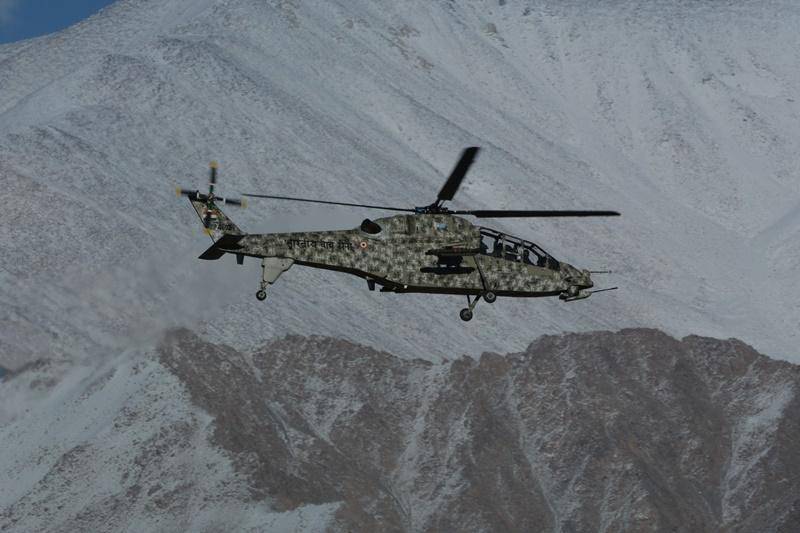
Four LCH prototypes were built for flight testing and testing in different climatic conditions. They were tested in the heat of the Rajasthan desert and on the Siachen Glacier, near the Indo-Pakistan border. When landing on a glacier, the height was 4,8 km above sea level. In the second half of 2016, it was recognized that the helicopter complies with the requirements and standards of the Indian armed forces. In August, the 2017 of the year, the MoD of India issued an order for the mass production of LCH helicopters. In the future, 65 vehicles should receive the Air Force and 114 will go to the army aircraft. Deliveries to the combat squadrons are scheduled to begin in 2018 year. The main purpose of the LCH light combat helicopters is to operate day and night against various rebel groups in difficult terrain. At the same time, in the case of equipping the anti-tank guided missile helicopter capable of armored vehicles.
Conceptually, the Indian LCH is similar to the Chinese Z-19 helicopter. Although the maximum take-off weight of the Indian machine is more than about a ton, the LCH security is about the same - it is stated that the LCH helicopter is able to withstand hitting single 12,7-mm bullets. Promotional materials say that this was achieved through the use of ceramic armor, reinforced with Kevlar. Allegedly, this original light armor, developed in India, is not inferior to the best world analogues.
It is assumed that the lighter LCH in a collision with a strong opponent will act in conjunction with the more technologically advanced and better protected AH-64E Apache. However, the preliminary Indian order for "Apache" amounted to the entire 22 units, and such an amount for India will not make much of the weather. After the commencement of LCH serial construction, this helicopter may be attractive to foreign buyers from among the poor countries of the Third World and repeat the success of the Dhruv multi-purpose helicopter. This is due to the relatively low cost - $ 21 million. However, the Chinese offer their strike reconnaissance Z-19Е even cheaper - for $ 15 million.
After the war, Japan’s self-defense forces were mainly equipped with American-made equipment and weapons. A number of samples of American aircraft was built under license. So, from 1984 to 2000, Fuji Heavy Industries developed the 89 AH-1SJ Cobra for the aviation of the Ground Self-Defense Forces. In the 2016, the Self-Defense Forces had the 16 Cobra. In 2006, Fuji Heavy Industries began shipping licensed AH-64DJPs to army aviation attack squadrons. Total supposed to be transferred to the troops 50 "Apache" Japanese assembly. However, due to the rising cost of the program, it was suspended. As of 2017 year, the Japanese military are operating 13 Apache helicopters. The company Kawasaki Heavy Industries, in turn, produced 387 light reconnaissance and attack helicopters OH-6D Cayuse. Until now, there are about a hundred Keijus in the ranks in Japan, but the helicopter created in the first half of the 60s no longer meets modern requirements. Back in 80-ies, the command of the Ground Self-Defense Forces formulated a technical task for a reconnaissance rotary-winged machine. Since a significant part of the Japanese islands has mountainous terrain, the military needed a relatively light reconnaissance helicopter with good altitude, able to quickly change the direction and altitude of the flight and with a flight time of at least two hours. Prerequisite was the presence of two engines, which increased the safety of operation in peacetime and survivability in the event of combat damage. The most vulnerable parts of the structure had to be duplicated or covered with light armor.
Initially, in order to reduce the cost of R & D and operation, a new helicopter was planned to be built on the basis of Bell UH-1J Iroquois, which was also built in Japan under license, but after analyzing all the options, this path was recognized as a dead end. The Japanese anti-tank squadrons already had a helicopter designed on the basis of the Iroquois, and the creation of the machine in its characteristics, close to the American Cobra, was not understood by the customer. In addition, the construction of a new modern helicopter based on components and assemblies designed in Japan promised great benefits to the national industry and stimulated the development of its own scientific and technical potential. By 1992, it was possible to reach a consensus between the customer, in the person of the command of army aviation, the government, which allocated money for the creation and mass production of the new helicopter and the industrialists. Kawasaki has been appointed the general contractor for the promising lightweight strike and reconnaissance helicopter OH-X, which already had experience in building an OH-6D Cayuse. Kawasaki was responsible for the overall layout of the machine, the design of the rotor and the transmission, and received 60% financing. Mitsubishi and Fuji, which developed engines, electronics and external fuselage fragments, shared the remaining 40% of the funds allocated for development.
Since the machine was created from scratch, and the Japanese aircraft building companies to the beginning of the 90-s accumulated considerable experience licensed construction of foreign samples and already had their own original design, the new helicopter had a large coefficient of technical novelty. When creating components and assemblies in most cases, several options were worked out with the full-scale creation of samples and comparing them among themselves. A very significant scientific research work was carried out. Thus, Kawasaki’s specialists have developed two alternative variants of the tail-steering device: a jet torque compensation system and a fenestron-type screw. The advantage of the NOTAR (No Tail Rotor) type reactive system - Rus. Without tail rotor is the absence of rotating parts on the tail boom, which increases the safety and ease of operation of the helicopter. The NOTAR system compensates for the reactive moment of the rotor and controls the yaw using a fan installed in the rear fuselage and an air nozzle system on the tail boom. However, it was recognized that NOTAR is inferior in performance to a fenestron tail rotor. Kawasaki has also become the developer of the original composite hinged sleeve and the composite four-blade rotor. With the “dry weight” of the helicopter 2450 kg more than 40% of the design is made of modern composite materials. Due to this weight perfection of the machine is quite large.
OH-X is built according to the traditional for modern attack helicopters scheme. The helicopter fuselage is quite narrow, its width is 1 m. The crew is located in a tandem cockpit. In front - the pilot's workplace, behind and above the seat of the pilot-observer is installed. Behind the cockpit on the fuselage wings of a small span, with four suspension nodes. At each site, you can hang weapons weighing up to 132 kg, or additional fuel tanks.
The helicopter has two TS1 turboshaft engines with a take-off power of 890 hp. Engines and digital control system created by Mitsubishi. As an alternative, in case of failure with the engines of Japanese design, the American LHTEC T800 with the power of 1560 hp was considered. and MTR 390 power 1465 hp, used on Eurocopter Tiger. But in the case of the use of foreign engines with large dimensions on the helicopter could be installed only one engine.
The OH-X helicopter first flew on August 6 1996 from the airfield of the Gifu Self-Defense Forces Test Center. A total of four flight prototypes were built, which flew a total of over 400 hours. In 2000, the Japanese Self-Defense Forces adopted a helicopter under the name of OH-1 Ninja (Russian "Ninja"). To date, more than 40 machines have been sent to the troops. The cost of one helicopter is approximately $ 25 million. The total order provides for the delivery of more than 100 helicopters to the Self-Defense Forces. However, there is information that in the 2013 year, the production of Ninja rotary-winged aircraft was discontinued.
A strike reconnaissance helicopter with a maximum take-off weight of 4000 kg, in horizontal flight is capable of developing a speed of 278 km / h. Cruising speed - 220 km. Combat radius - 250 km. Ferrying range - 720 km.
Even at the design stage, it was envisaged that the equipment, which would ensure the use of guided anti-tank missiles with laser or thermal guidance, would be included in the air-defense system of the Ninja helicopter. Above the cockpit in a rotating gyro-stabilized spherical platform, sensors of an optoelectronic combination system are installed, providing daily combat use, with an 120 ° review in azimuth and 45 ° degrees in elevation. The composition of the sight-sighting ECO includes: a color television camera capable of working with low light conditions, a laser range finder-target designator and a thermal imager. Information output from optoelectronic sensors is carried out on multifunctional liquid crystal displays connected to the MIL-STD 1533В data bus.
Nothing is known about the presence on board a reconnaissance helicopter of electronic reconnaissance and jamming. However, there is no doubt in the ability of the Japanese to create a built-in system of sensors, generators and devices for ejecting thermal and radar traps or an overhead container variant of EW equipment.
Initially, the combat load of the helicopter consisted of only four UR Air Combat Type 91. This rocket was developed in Japan in 1993 year to replace the American FIM-92 Stinger MANPADS. From 2007 of the year, an improved version of the Type 91 Kai has been supplied to the troops. Compared to the Stinger, this is a lighter and more noise-resistant anti-aircraft weapon.
The armament of the first version of the OH-1 reflects the views of the Japanese army command on the place and role of the OH-1 light helicopter. This machine is primarily intended for reconnaissance and maintenance of combat helicopters AH-1SJ and AH-64DJP, to protect them from an air enemy. Part of the Japanese combat helicopters painted with characters from anime cartoons. Obviously, the calculation is made on the fact that the enemy simply does not raise a hand to shoot down such a work of art.
Satellite image of Google Earth: Japanese combat helicopters AH-1SJ and OH-1 based on army aircraft in Sapporo
In 2012, it became known about the development of a new modification of the Ninja. The helicopter installed TS1-M-10A with take-off power 990 hp The armament included anti-tank guided missiles, 70-mm NAR and containers with 12,7-mm machine guns. Type of anti-tank missiles, which were supposed to arm the helicopter was not disclosed, but most likely we are talking about Type 87 or Type 01 LMAT.
ATGM Type 87 has a laser guidance system. This light enough rocket weighs only 12 kg, the launch range from ground platforms is limited to the 2000 m distance. The Type 01 LMAT ATGM has such a launch range and mass, but is equipped with IR GOS. For use with a helicopter, modifications of 20-25 kg with a launch range of 4-5 kg can be created. Also, it is possible the use of US anti-tank guards AGM-114A Hellfire. These missiles are used on Apache helicopters available in Japan. In addition, the automatic data transfer equipment should be included in the avionics system, which will allow the exchange of information with other strike machines and ground command posts.
After the adoption of the OH-1 Ninja, the issue of developing a purely anti-tank version of AN-1 was being worked out. This machine was supposed to be equipped with XTS2 engines. Due to the reduction of the resource, the power of the engines on takeoff was able to bring the HP to 1226. Thanks to a more powerful power plant, the helicopter designed to replace the outdated "Cobras", should have better protection and enhanced weapons. However, the military preferred to purchase a licensed version of the American Apache with a naduvatochnoy radar and the program for the creation of the AN-1 turned.
To date, the Japanese light combat helicopter OH-1 Ninja has a large modernization potential. Due to the use of more powerful engines, advanced avionics and guided missile weapons, its combat capabilities can be significantly enhanced. By and large, Japan is currently capable of creating any weapon, be it a nuclear warhead, an intercontinental ballistic missile, an aircraft carrier or an underwater nuclear-powered vessel. If such a decision is made, the technological, industrial and scientific and technical potential allows to do this in a fairly short time. Be it political will, Japanese engineers are able to design, and the aviation industry will independently establish the serial construction of attack helicopters that meet high international standards.
At the end of this protracted cycle, I would like to consider the anti-tank capabilities of unmanned aerial vehicles. On the pages of the Military Review, in the comments on publications devoted to the aviation topic, the participants in the discussions repeatedly expressed the idea that manned combat aircraft in general, and combat helicopters in particular, will leave the stage in the near future and be replaced by remotely piloted aircraft. The main argument in this case were examples of sufficiently high efficiency of combat drones in various kinds of "counter-terrorism" and "counter-insurgency" operations. However, supporters of unconditional air supremacy drones forget that the objects of their strikes in most cases were single targets: small groups of militants, poorly protected buildings and structures, or unarmored vehicles lacking effective anti-aircraft cover.
We have to admit that attack and reconnaissance UAVs are already quite a formidable means of warfare. Thus, the American combat drone MQ-9 Reaper is a further development option for the MQ-1 Predator UAV, unlike its “ancestor” with a relatively low-power piston engine, equipped with a Honeywell TPE331-10 turboprop engine with 900 HP. Due to this, the device with a maximum take-off weight of 4760 kg is capable of accelerating in horizontal flight to 482 km / h, which is significantly higher than the maximum speed developed by modern combat helicopters being built in series. Cruising speed is 310 km / h. A drone loaded to the eyeballs can deflect 14 hours at altitudes up to 15 000 m in the sky. The practical flight range is 1800 km. Internal fuel tank capacity - 1800 kg. Reaper's payload - 1700 kg. Of these, 1300 kg can be placed on six external nodes. Instead of armament, it is possible to mount external fuel tanks, which makes it possible to bring the flight time to 42 hours.
According to Global Security, the MQ-9 can have four AGM-114 Hellfire laser-guided or radar-guided anti-tank guided missiles, two laser-guided GBU-500 Paveway II 12-pound bombs or two GBU-38 JDAM bombs with satellite positioning signals GPS The reconnaissance and sighting equipment includes high-resolution television cameras, a thermal imager, a millimeter-frequency radar, and a laser rangefinder.
While in the United States, MQ-9 drones are used by the Air Force, Navy, Customs and Border Service, the Department of Homeland Security and the CIA, they are most valuable for special operations forces. If necessary, “Reapers” with ground control points and service infrastructure can be deployed on C-17 Globemaster III transport aircraft during 8-10 hours to anywhere in the world, and operated on field airfields. Sufficiently high range and speed of flight and the presence on board of perfect aiming and viewing equipment and guided anti-tank missiles allows the use of MQ-9 against enemy armored vehicles. However, in practice, Hellfire missiles with a thermobaric warhead are most often used to eliminate high-ranking extremists, destroy vehicles, single samples of military equipment, or direct strikes at ammunition depots and armaments.
Modern armed UAVs are quite capable of fighting single tanks and armored vehicles in the hands of the Islamists, as was the case in Iraq, Syria and Somalia, or to conduct military operations in the conditions of suppressed air defense as in Libya. But in a collision with technologically advanced opponents, having modern means of controlling the air situation and electronic suppression, advanced air defense systems, combat helicopters and fighter interceptors - drones equipped with even the most advanced guided weapons systems are doomed to quick destruction. The practice of using drones in Iraq and Afghanistan suggests that, in terms of flexibility of application, they lose to manned combat aircraft and helicopters. This is especially manifested when you have to act in adverse weather conditions and under enemy fire. Armed UAVs carry expensive high-precision ammunition, but often, in order to press the enemy to the ground, this is not enough, since unmanaged rockets and machine-gun weapons are required. In this regard, the MQ-9 Reaper stuffed with expensive electronics is hopelessly inferior to even the lightweight AH-6 Little Bird helicopters and the A-29A Super Tucano turboprop attack aircraft.
It should be understood that the information awareness of UAV operators is, as a rule, worse than that of the crew of a modern combat helicopter or attack aircraft. In addition, the response time to teams of operators located hundreds or even thousands of kilometers from the battlefield is much longer. Unmanned aerial vehicles for military purposes, compared with manned attack helicopters and airplanes, have significant restrictions on overload, which directly affects their maneuverability. The extremely lightweight airframe and the inability of the UAVs to perform sharp anti-aircraft maneuvers in combination with the narrow field of view of the camera and a significant response time to teams makes them very sensitive to even minor damage in which a more durable manned attack aircraft or attack helicopter would return to its base without any problems.
However, the developers are continuously improving drums UAV. Thus, the “Reaper” of the latest modification of Block 5 is equipped with the new ARC-210 equipment, which allows the exchange of information on broadband secure radio channels with air and ground points. To counter air defense systems, the upgraded MQ-9 Block 5 may carry EW ALR-69A RWR equipment in an overhead container or false targets like ADM-160 MALD. However, the use of very expensive spurious targets and electronic jamming equipment reduces the weight of the combat load and shortens the duration of the flight.
Satellite image of Google Earth: MQ-1 Predator and MQ-9 Reaper combat drones based in Djibouti
It must be said that the concern of the Americans about the high vulnerability of their UAVs against air defense weapons is not unfounded. Most recently, on October 2 2017, the United States Air Force Command admitted that their MQ-9 had been hit by Hussites over Sanna. And this is despite the fact that the Yemenis, the opposing forces of the Arab coalition led by Saudi Arabia, had practically no other means of air defense, except for MANPADS and small-caliber anti-aircraft artillery. Although the United States has officially denied participation in the Yemen conflict, the MQ-1 Predator and MQ-9 Reaper UAVs operating in the interests of the Saudis have been deployed in Djibouti at Chabelley airbase for several years.
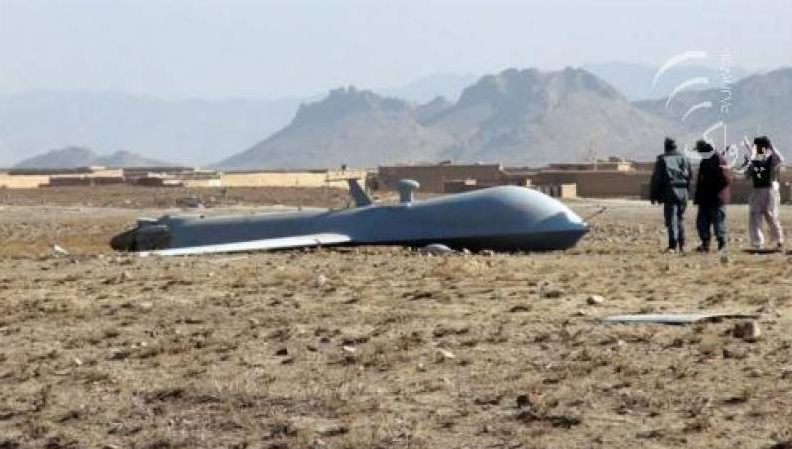
The high losses of American UAVs in the combat zone are not only associated with the armed opposition of the enemy. Most of the lost drone crashed due to errors of management operators, technical failures and due to adverse weather conditions. According to official data from the US military in Afghanistan, Iraq and other “hot spots”, as of 2015, more than 80 drones worth a total of about $ 350 million were lost in the year.
Only the latest Air Force-owned MQ-9 Reaper has lost 6 units according to official US reports for the last 7 years. But the drones in the United States are operated not only in the Air Force, so it can be argued with confidence that the list of "Reapers" shot down and crashed in flight incidents is much more. In some cases, Americans are forced to destroy their own drones. So, September 13 2009 in Afghanistan, the operator lost control of the MQ-9. The unguided vehicle flying toward Tajikistan was intercepted by the F-15E Strike Eagle fighter-bomber and hit in the air with an AIM-9 Sidewinder missile. It is reliably known that 5 July 2016, the "Reaper", owned by the US Air Force, made an emergency landing in the north of Syria during the execution of a combat mission. Subsequently, the drone was destroyed by a specially organized air strike in order to prevent it from falling into the hands of the Islamists.
After it became clear in 2012 during operations in Afghanistan that the picture transmitted from the UAV could be intercepted using relatively simple and inexpensive commercial equipment that is freely available, the Americans did a great job of encrypting the transmitted information. However, until now, many experts have doubts about the ability of remotely controlled drones to operate over the battlefield in conditions of intense high-tech electronic suppression. Armed drones are ideal for operations against various kinds of insurgents who do not have modern anti-aircraft weapons and electronic warfare equipment. But they are still unsuitable for a "big war" with a strong adversary. Medium and heavy class UAVs are not capable of operating without satellite positioning navigation systems and satellite communication channels. It is known that in the course of combat missions performed by the US Air Force MQ-9 UAVs in different parts of the world, they are controlled from the US Creech airbase in Nevada. Ground equipment deployed in the field, as a rule, is used for takeoff and landing from forward airfields. It is naive to hope that, say, in the event of a large-scale clash with the armed forces of Russia or China, American navigation and satellite communication channels will function reliably in the combat area. The solution to this problem is the creation of autonomous flying combat robots with elements of artificial intelligence. Which will be able to independently search for and destroy enemy armored vehicles, without constant communication with ground command posts, and in the event of a blockage of satellite positioning channels, carry out celestial navigation or navigate the terrain according to the terrain. However, the main problem in this case may be the reliability of target identification on the battlefield, because the slightest failure in the “friend or foe” identification system is fraught with a high probability of striking at friendly troops. So far, it is not necessary to expect the appearance of fully autonomous armed drones. The leading aircraft manufacturing powers are simultaneously developing unmanned and manned military aviation and are not going to refuse the presence of the crew in the cockpits of combat aircraft and helicopters in the near future.
R.S. The author is grateful to everyone who was able to master at least part of the publications of this boring cycle. Special thanks to the regular participants of the discussion, especially those who had the patience and the mind to maintain the correct tone of communication.
Based on:
https://www.military.com/air-force
https://www.globalsecurity.org/military/world/iran/zafar-300.htm
http://globalmilitaryreview.blogspot.ru/2013/01/iranian-toufan-2-storm-2-attack-gunship_3.html
https://defence.pk/pdf/threads/shahed-285-iranian-light-attack-helicopter.116078/
https://en.mehrnews.com/news/53398/Details-of-Iranian-Shahed-278-helicopter
https://www.indiamart.com/company/15440964/helicopters.html
http://www.oocities.org/hotsprings/2839/lah.html
https://defpost.com/india-launches-production-hal-lch-attack-helicopter/
https://vpk.name/news/84222_suhoputnyie_voiska_indii_poluchili_pervyii_vooruzhennyii_vertolet_rudra.html
https://thaimilitaryandasianregion.wordpress.com/2015/10/30/hal-light-combat-helicopter-lch-india/
https://www.military.com/defensetech/2016/07/05/air-force-mq-9-reaper-drone-crashed-in-syria
http://www.dogswar.ru/oryjeinaia-ekzotika/aviaciia/4892-boevoi-vertolet-hal-.html
http://www.army-technology.com/projects/oh-1-ninja-light-observation-helicopter/
https://www.globalsecurity.org/military/world/japan/jgsdf-fac.htm
http://global.kawasaki.com/en/mobility/air/helicopters/oh_1.html
https://www.cgtrader.com/3d-models/aircraft/helicopter/japan-ground-self-defense-force-oh-1-reconnaissance-heli-ninja
https://www.globalsecurity.org/military/systems/aircraft/mq-9-specs.htm
http://www.radiodalsan.com/2016/02/16/pentagon-denies-us-drone-crash-in-somalia/
https://aviation-safety.net/wikibase/wiki.php?id=193614
- Linnik Sergey
- Aviation against tanks (part of 1)
Aviation against tanks (part of 2)
Aviation against tanks (part of 3)
Aviation against tanks (part of 4)
Aviation against tanks (part of 5)
Aviation against tanks (part of 6)
Aviation against tanks (part of 7)
Aviation against tanks (part of 8)
Aviation against tanks (part of 9)
Aviation against tanks (part of 10)
Aviation against tanks (part of 11)
Aviation against tanks (part of 12)
Aviation against tanks (part of 13)
Aviation against tanks (part of 14)
Aviation against tanks (part of 15)
Aviation against tanks (part of 16)
Aviation against tanks (part of 17)
Aviation against tanks (part of 18)
Aviation against tanks (part of 19)
Aviation against tanks (part of 20)
Aviation against tanks (part of 21)
Aviation against tanks (part of 22)

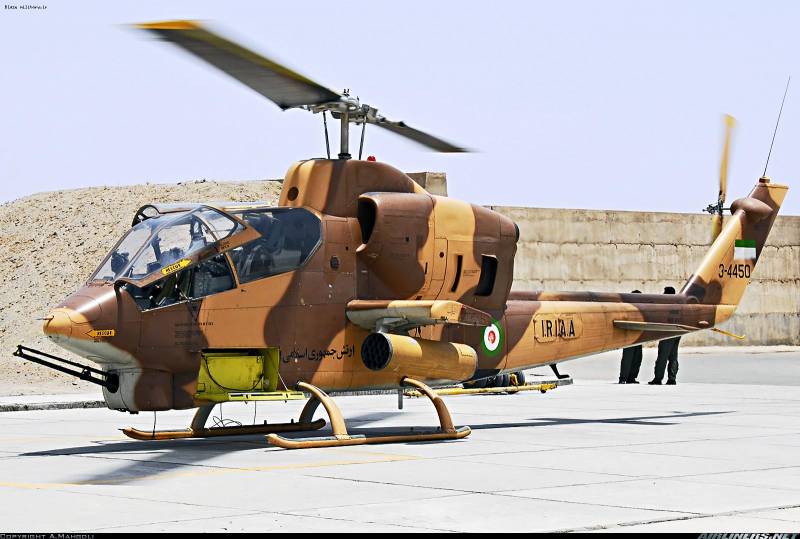
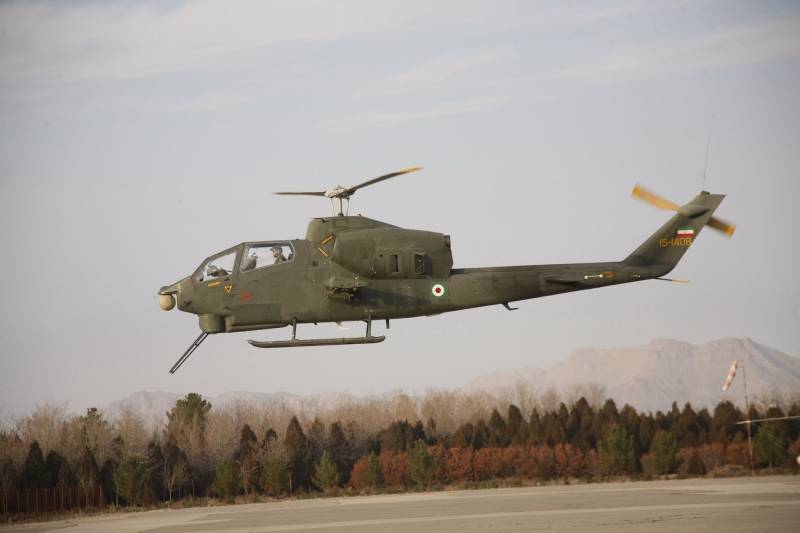
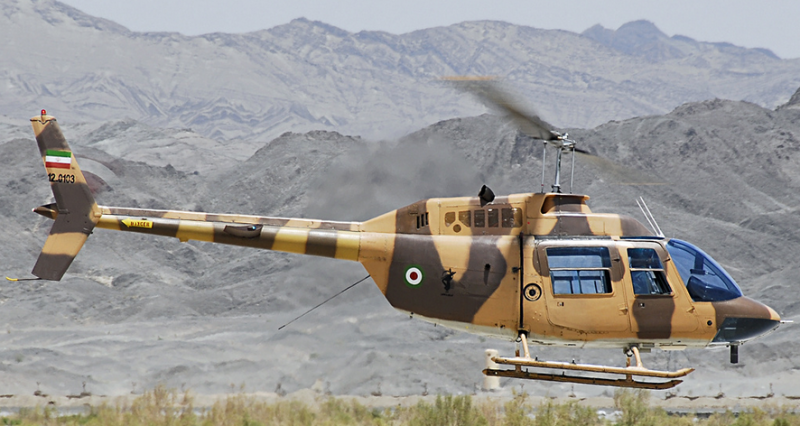
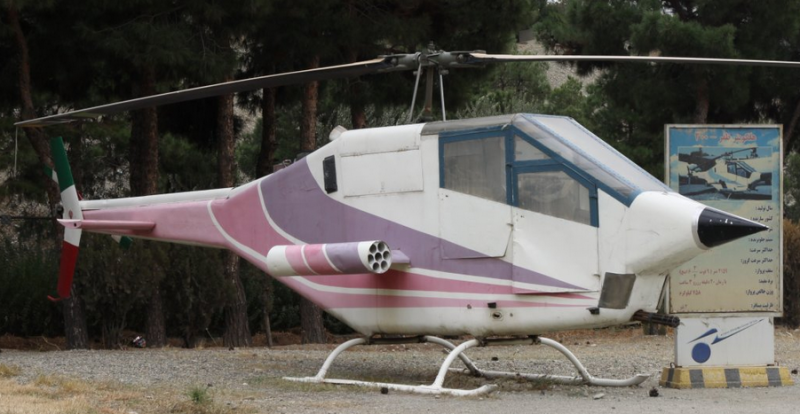
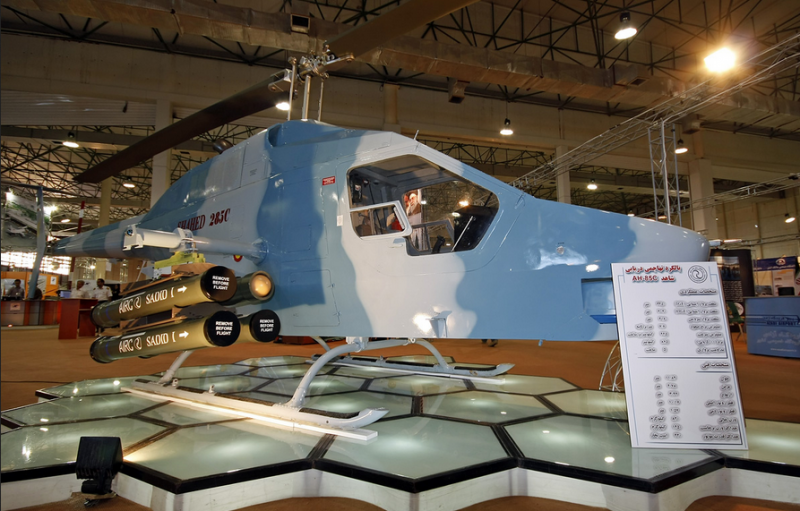
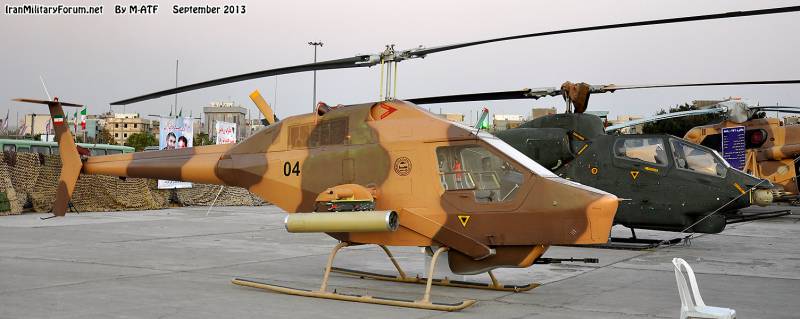
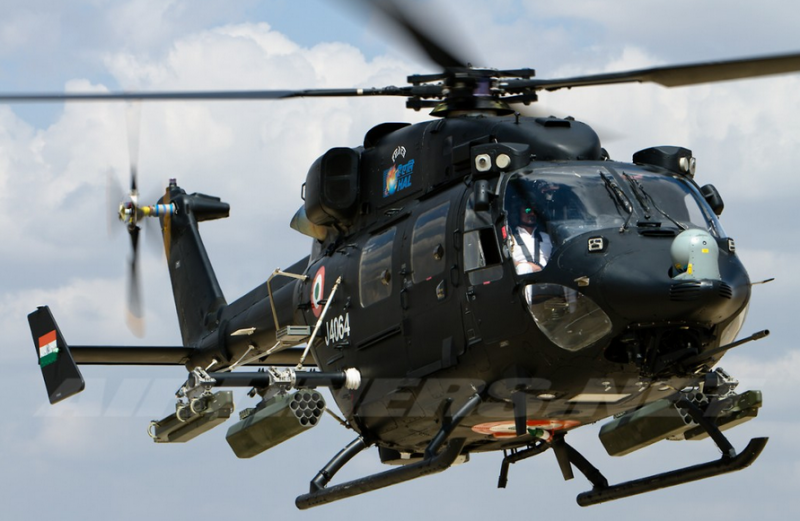
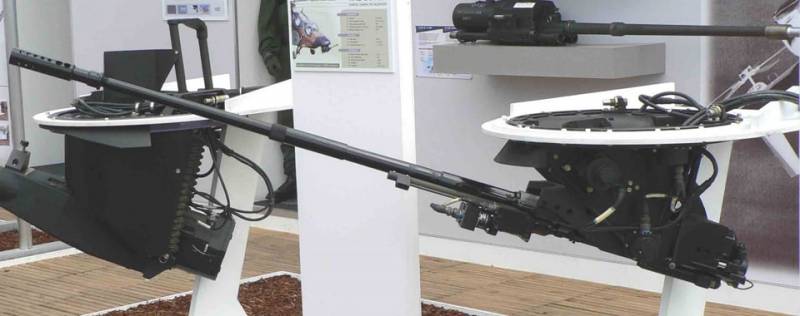
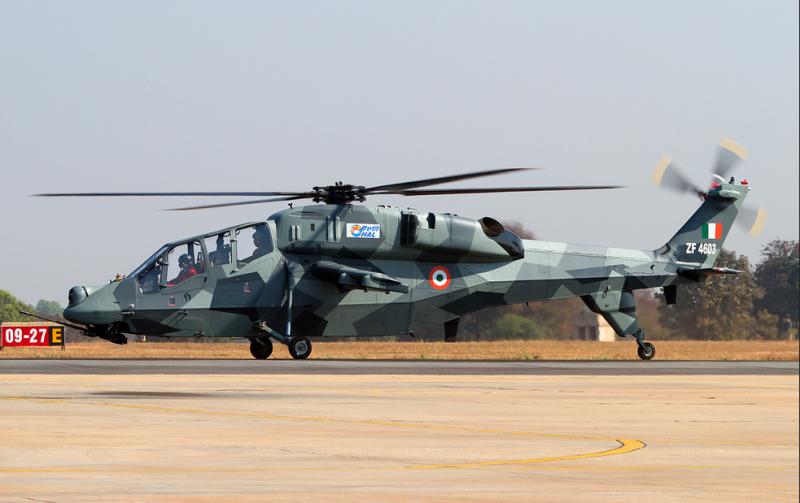
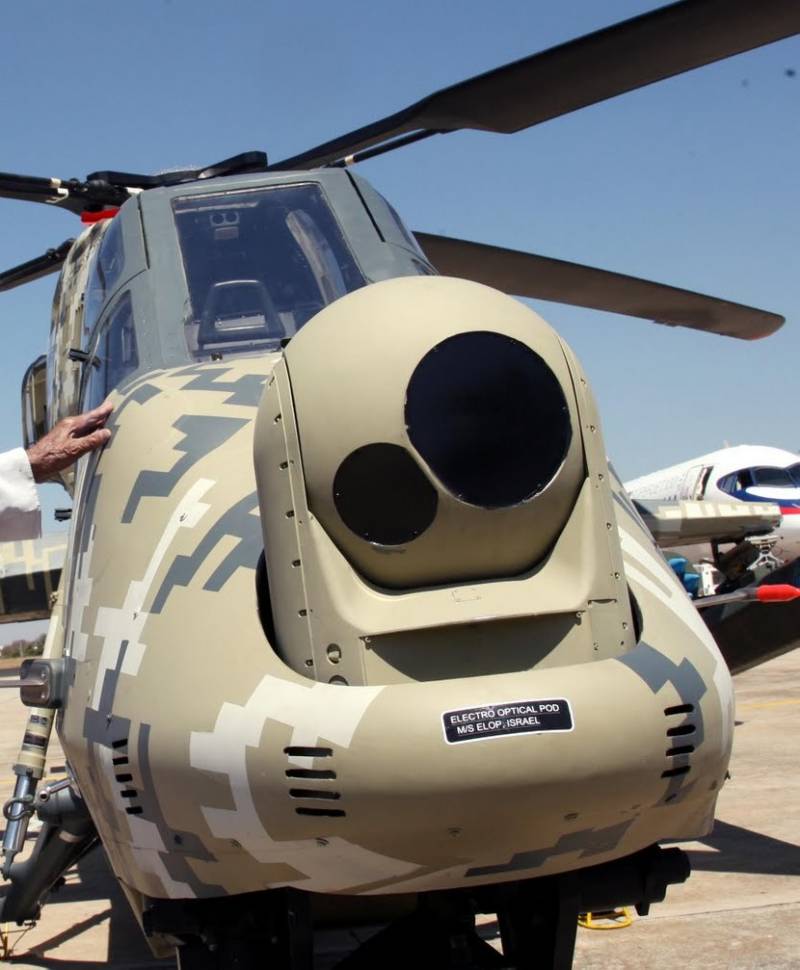
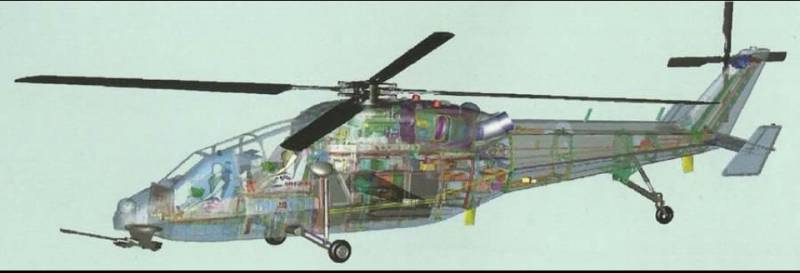
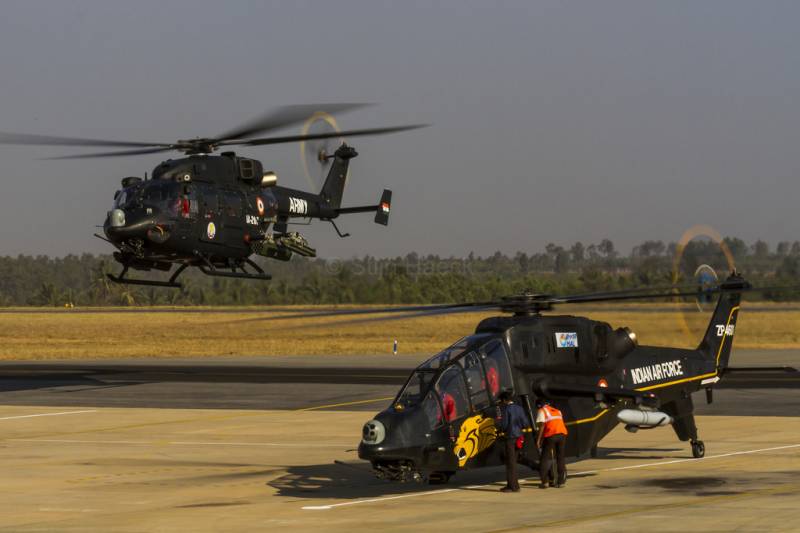
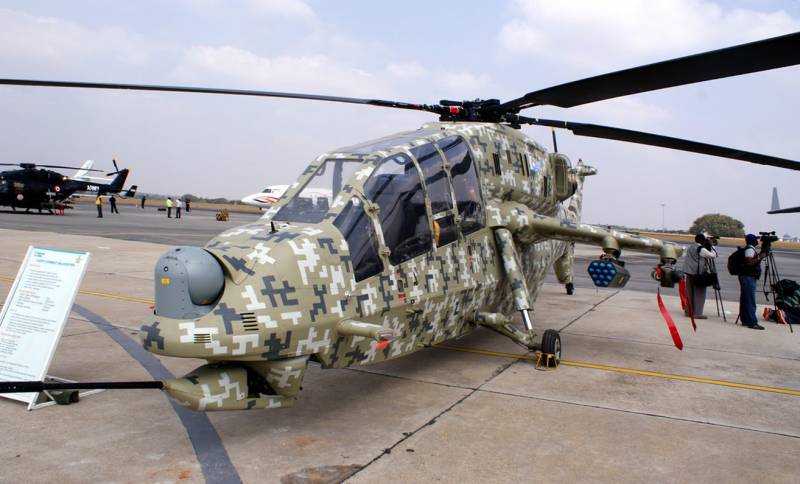
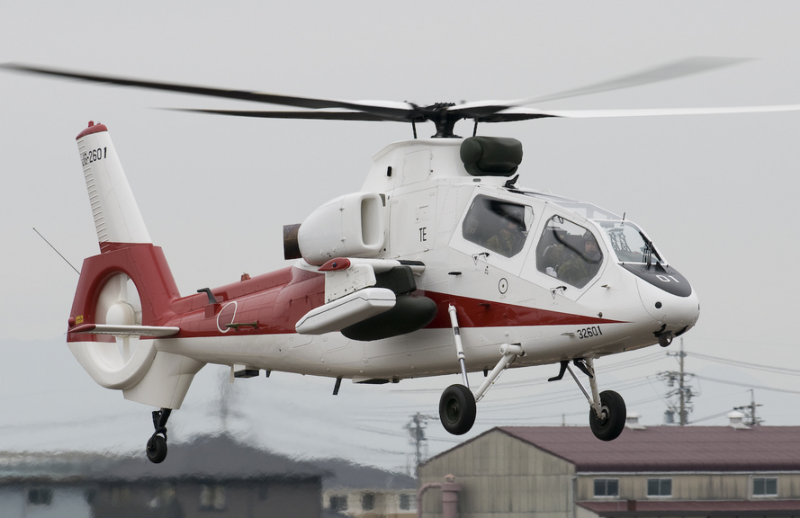
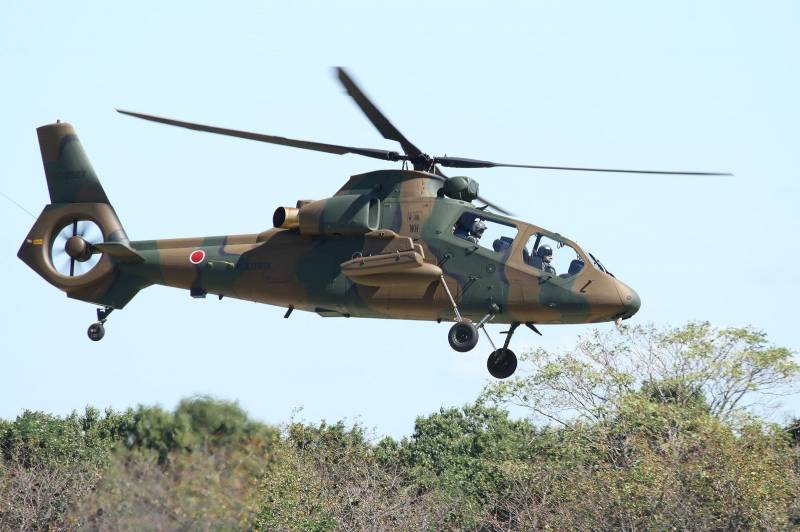
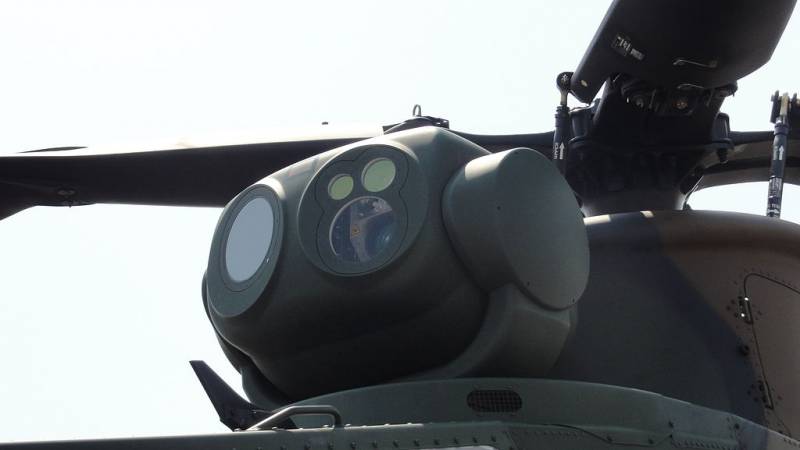
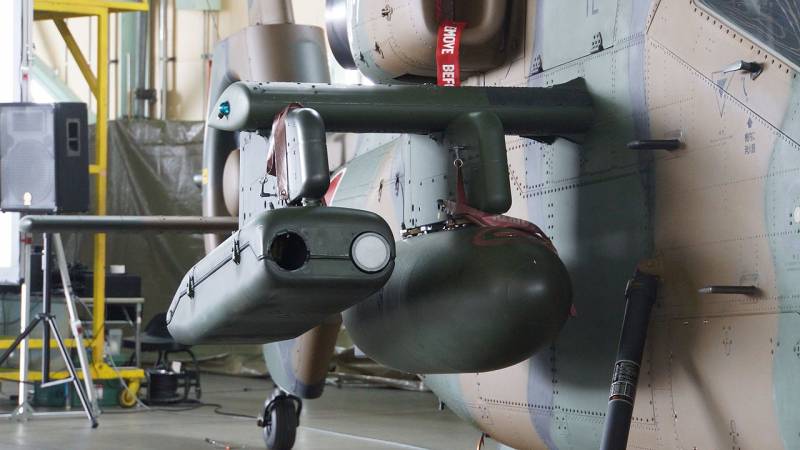
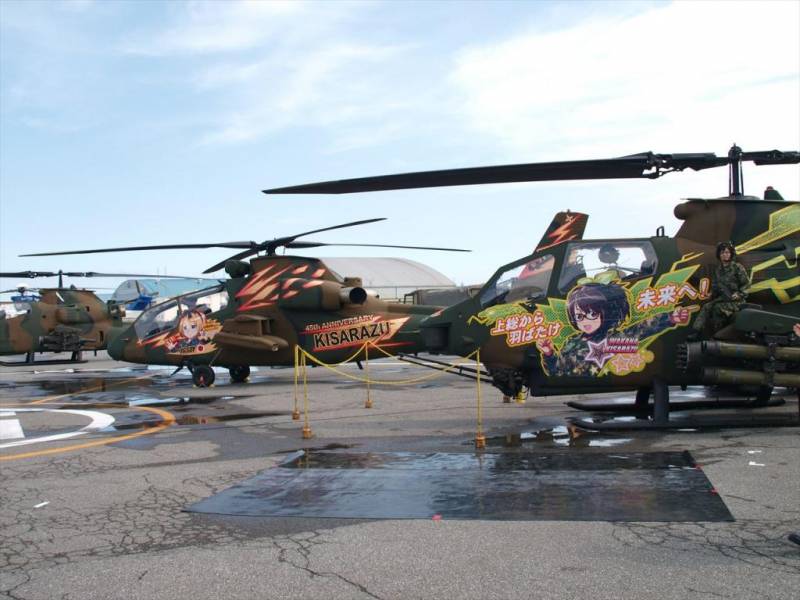
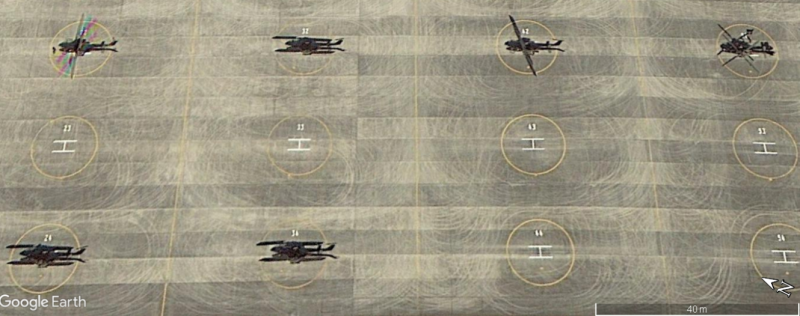
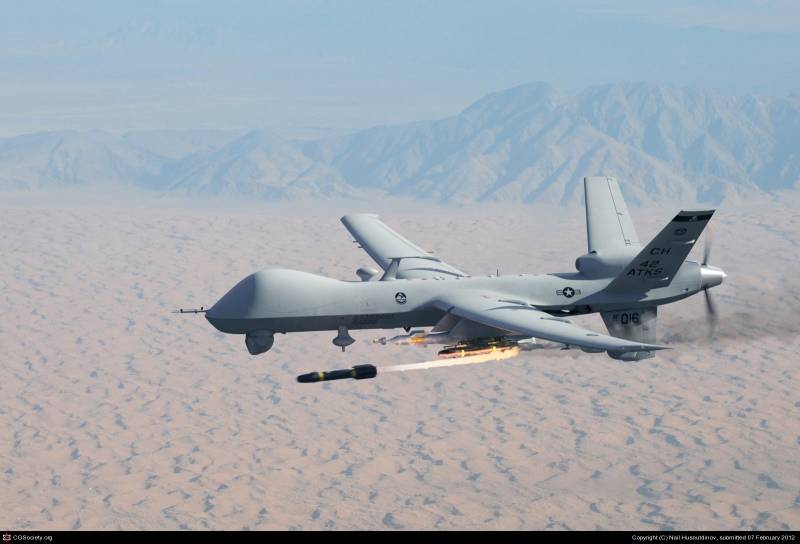
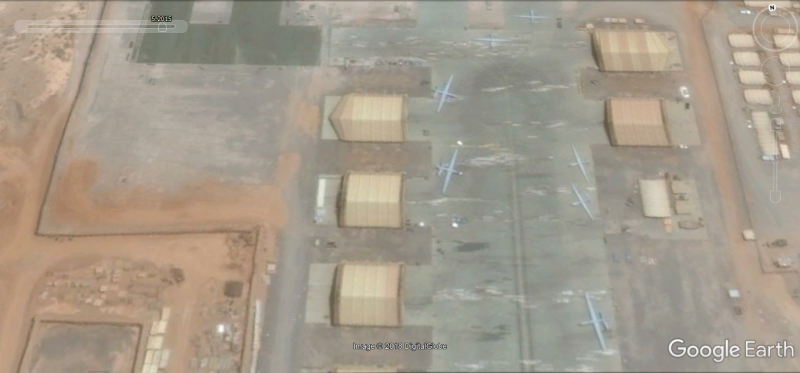
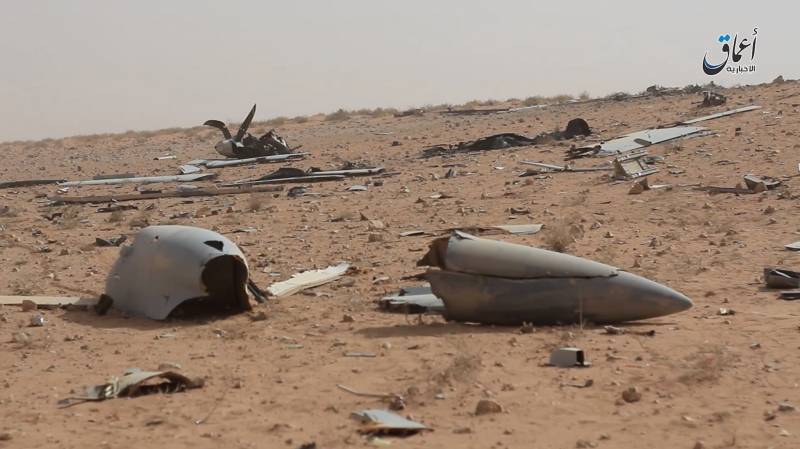
Information